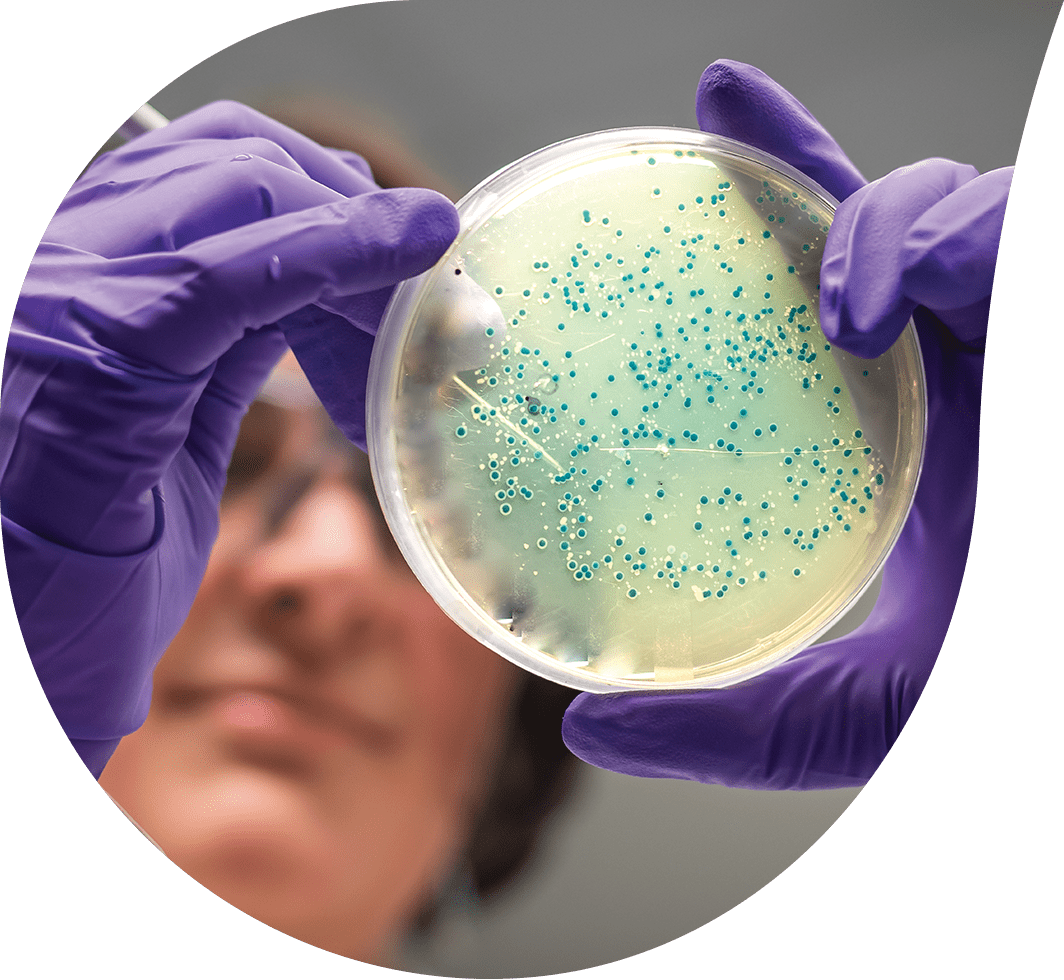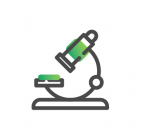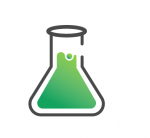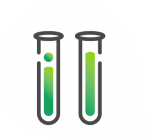COSMETICS – Microbiology

- Determination of the stability of the preservative system to accurately determine the “PAO” (Post-Opening Period)
- MIC TEST (Minimum Inhibitory Concentration)
- Determination of “Water Activity”/”Free Water” (WR)
- Test for the evaluation of sanitizing efficacy in vitro and in vivo (UNI EN-ISO Method)
Our microbiology laboratories offer a wide range of tests and trials according to ISO, European Pharmacopoeia, and FDA methods.
- Careful assessment of the microbiological quality and stability of production batches, raw materials, and process water.
Through routine analysis conducted according to accredited and internationally recognized methods (UNI-EN ISO, FDA, EP) for the count of aerobic mesophilic bacteria (UNI EN ISO 21149), molds, and yeasts (UNI EN ISO 16212) within cosmetic formulations
- Search for the main pathogenic microorganisms
- Staphylococcus Aureus (UNI EN ISO 22718)
- Escherichia coli (UNI EN ISO 21150)
- Pseudomonas Aeruginosa (UNI EN ISO 22717)
- Candida Albicans (UNI EN ISO 18416:2016/ ec1:2017)
- Real-time PCR biochemical and molecular typing of contaminating microorganisms
- Challenge test secondo differenti protocolli e metodi:
Microbiology laboratories also offer assistance in the area of preservative system selection and tuning by challenge tests conducted through a variety of protocols such as:
- UNI EN ISO 11930:2012 method
- CTFA (U.S.) Cosmetic, Toiletry and
- Fragrance Association
- CTPA (U.K.) Toiletry and Perfumery Association
- CCTFA Canadian Cosmetic, Toiletry and
- Fragrance Association
- ASTM( U.S.A.) American Society for Texting and Materials
- Customized methods with Wild Type strains (spp. indigenous microorganisms)
Learn about testing in cosmetics

Microbiology

Chemistry

In vivo testing

